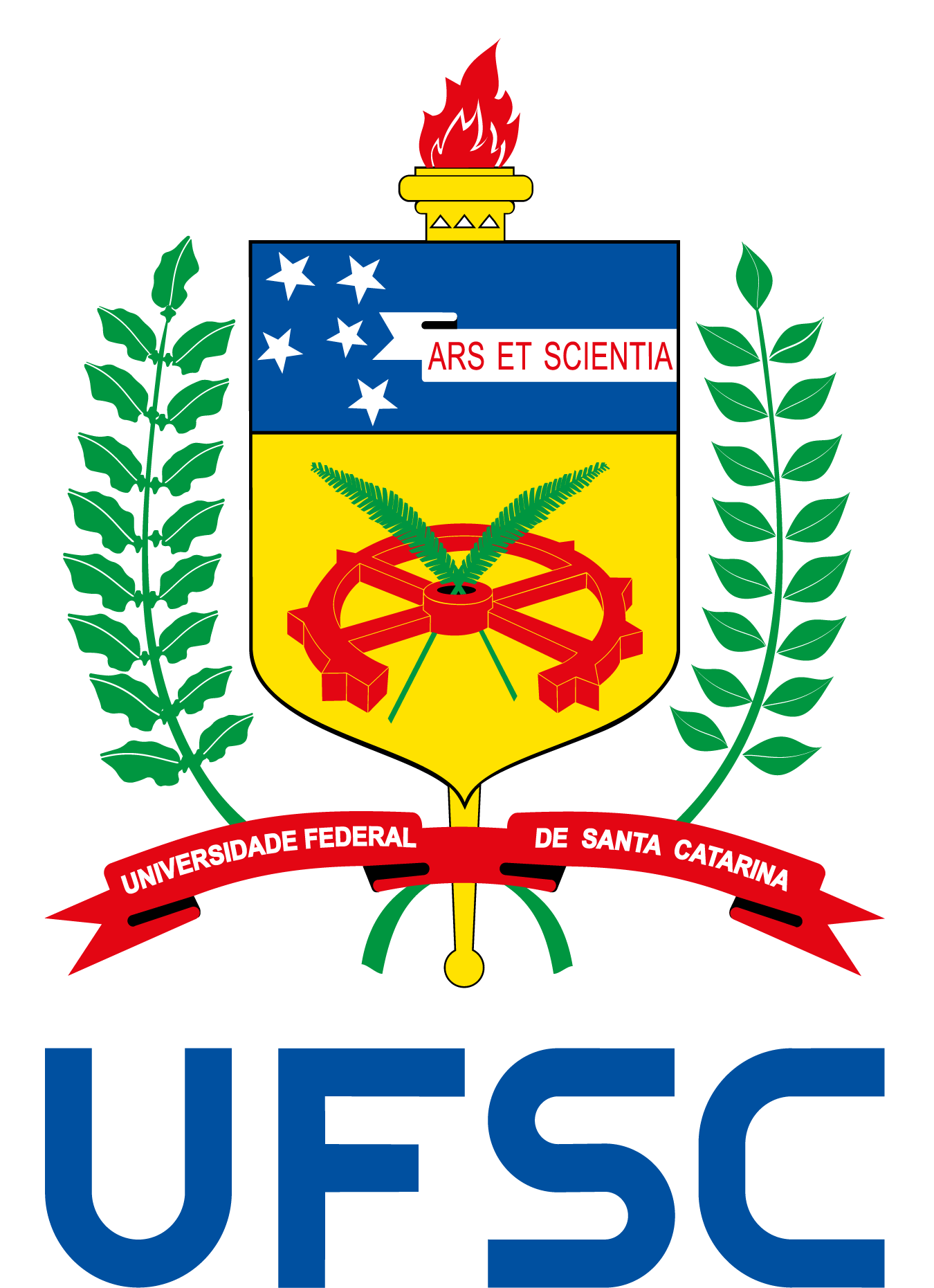Waste Management
Chemical waste generated in the Vehicle Systems Laboratory should be isolated in proper containers and then handed over to the UFSC waste collection (Waste Management at CGA/UFSC). Users must follow safety protocols (safety footwear and long, closed clothing), adhere to proper PPE procedures, and inform the laboratory supervisor.
The main types of waste generated in the LSV are:
– Lubricating oil (IBAMA 130201 (*) )
– Brake and clutch fluid (IBAMA 160113 (*) )
– Radiator fluid, etc (IBAMA 160114 (*) )
– Solid waste such as paper, filters, gloves, and contaminated rags with liquid waste (IBAMA 180202 (*) ).
The asterisk next to the IBAMA code indicates that it is a hazardous product (corrosiveness, toxicity, carcinogenicity, teratogenicity, or mutagenicity). For more information, please refer to the links above for the SDS (Safety Data Sheet) or access the FISPQ (Chemical Safety Data Sheet).
Manual on waste management at UFSC: link
| LABORATORY PROCEDURE |
|---|
When generating waste in the laboratory, if the waste is liquid, it should be placed in the designated drum in the laboratory, and the estimated quantity, product type, date, and user identification should be recorded. For non-piercing solid waste, separate it in plastic bags. Drums that reach up to 80% capacity or plastic bags filled up to 2/3 should be handed over for collection (inform the laboratory supervisor).
The process flow is presented by waste management:










